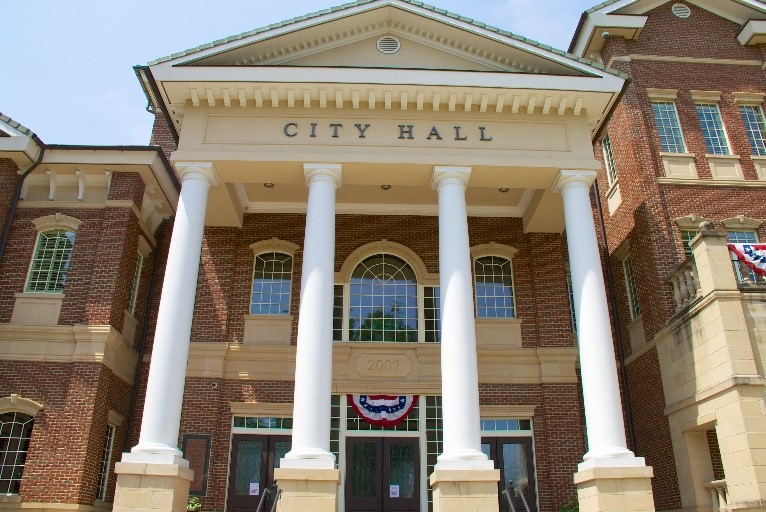 Public entities are treated as private entities when it comes to slip and fall situations. They must abide by a liability standard when a customer or employee slip and fall on their premises. The standard gives the public entity responsibility for things that they control. The standard is similar to the standard used in cases of slip and fall. In this case, the court considered whether a slip and fall on a public entity’s premises can lead to liability.
Public entities are treated as private entities when it comes to slip and fall situations. They must abide by a liability standard when a customer or employee slip and fall on their premises. The standard gives the public entity responsibility for things that they control. The standard is similar to the standard used in cases of slip and fall. In this case, the court considered whether a slip and fall on a public entity’s premises can lead to liability.
The Grotes were at a conference at the River Center Convention Center in Baton Rouge, Louisiana when Mrs. Grote tripped and fell on an elevation of one inch between two concrete walkway near the entrance of the River Center. After the incident, the Grotes filed a petition for damages against SMG, Federal Insurance Co., and the City of Baton Rouge. They argued that the defendants were liable for damages from the injury. The Grotes then filed a motion for summary judgment, arguing that the defect in the sidewalk was unreasonably dangerous. After the Grotes’ summary judgment, the City filed a summary judgment stating that the sidewalk was not unreasonably dangerous and was open and obvious.
In cases of slip and falls with a public entity, a motion for summary judgment is properly granted if the pleadings, depositions, answers to interrogatories, and admissions show that there are no genuine issues as to material fact and that the mover is entitled to judgment as a matter of law. The mover bears the burden of proving that he is entitled to summary judgment. He has the responsibility to demonstrate the absence of factual support for one or more essential elements of his opponent’s claim. La. C.C.P. art. 966. If the mover fails to prove his burden, the burden never shifts to the adverse party, and the mover is not entitled to summary judgment. LeBlanc v. Bouchereau Oil Co., Inc., 15 So. 3d 152 (La. Ct. App. 2009).
The standard for public entities limits the liability of public entities. A public entity is responsible for damages caused by the condition of things within its care and custody. A public entity can be considered the state and its branches or departments. In actions against a public entity, the plaintiff must prove that: (1) the public entity had custody of the thing that caused the plaintiffs damages; (2) the thing was defective because it had a condition that created an unreasonable risk of harm; (3) the public entity had actual or constructive notice of the defect and failed to take corrective measures within a reasonable time; and (4) the defect was cause-in-fact of the plaintiffs injuries. La. R.S. 9:2800. In determining whether a thing is in the custody of a person, the courts consider 1) whether the person bears such a relationship as to have the right of direction and control over the thing; and (2) what, if any, kind of benefit the person derives from the thing. Davis v. Riverside Court Condominium Association Phase II, Inc., 154 So.3d 643 (La. Ct. App. 2014).
Here, the City/Parish is considered a public entity. As private entities with potential responsibility for the sidewalk, SMG and Federal argued they did not manage the exterior of the center and had no liability for the defect in the sidewalk. In this instance, the court applied the risk-utility balancing test and public entity standard. The court held that the deviation in the sidewalk did not rise to the level of being unreasonably dangerous. The deviation would not be so dangerous that it could be reasonably expected to cause injury to a prudent person in the same circumstances. Grote, as a pedestrian, was not required to look for hidden dangers, but she should observe the course if it is clear. A pedestrian is held responsible for seeing obstructions in the pathway which a reasonably prudent person would exercise. The court saw there would be a substantial cost to the City to repair every minor sidewalk deviation when it is weighed against the low risk of harm to public traversing the sidewalk.
The court in the case saw that there was no issue about whether the defect was an unreasonable risk of harm. Therefore, there was no need to see if the SMG, Federal, and City had custody or constructive notice of the defect. Deviation in sidewalks is not an unreasonable risk of harm and therefore are subject to summary judgments.
Additional Sources: Grote v. Federal Insurance Co. and SMG General Partnership
Written by Berniard Law Firm Blog Writer: Tori Smith
Additional Berniard Law Firm Articles on Public Entities: Fall at Hospital Brings to Light Debate Over Liability for Public Entity
 Louisiana Personal Injury Lawyer Blog
Louisiana Personal Injury Lawyer Blog

